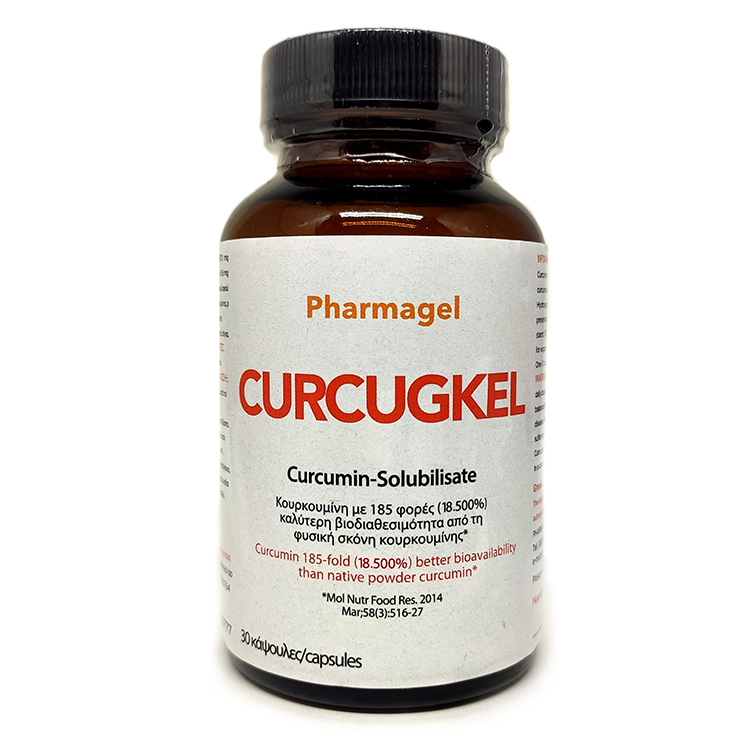Curcugkel: Μπορείτε να αγοράσετε το προϊόν, online, μέσω της ιστοσελίδας pharmagel.gr ακολουθώντας τον
παρακάτω σύνδεσμο:
Αγορά Curcugkel
By Dr Dimitrios N, Gelis, MD, DDS, PhD, ORL, Medical Life Coach
Turmeric is obtained from the dried rhizome of the plant Curcuma longa; its major constituent, curcumin, is a polyphenol with multiple effects which can modulate some signaling pathways.
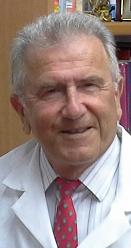 |
Dr Dimitrios N. Gelis, MD, Otorhinolaryngologist, DDS, phD. mrdical Life Coach.
Corinth 20131, Greece. Tel. +302741026658, +306944280764
SPCIAL INTERESTS: Cancer orevention, Complementary medicine, Clinical Pharmacology, Medical Nutrition |
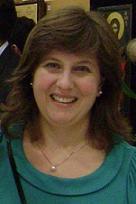 |
Aikaterini Geli, MD, Radiodiagnostitian, Papaligoura 16, ΑSSOS, Korinthia, Greece. Tel. +302741087758, +306944280764, e-mail:kgkeli@hotmail.co
SPECIAL INTERESTS: Preventive and Diagnostic Oncology, Ultrasonography, CT, MRI, Preventive Medicine, Medical Nutrition |
Curcumin is commonly used as a spice, food additive or dietary pigment. Accumulating evidence suggests that curcumin has several pharmacologic effects, including anti-inflammatory, anti-oxidant and anti-cancer activities [1].
Curcumin has been found to suppress initiation, progression, and metastasis of a variety of tumors. These anti-cancer effects are predominantly mediated through its negative regulation of various transcription factors, growth factors, inflammatory cytokines, protein kinases, and other oncogenic molecules. It also abrogates proliferation of cancer cells by arresting them at different phases of the cell cycle and/or by inducing their apoptosis [2].
Curcumin has shown therapeutic and/or adjuvant therapeutic effects on the treatment of some patients with breast cancer. However, its mechanisms of action are largely unknown.
The antitumor effect and the underlying mechanism has been investigated in human breast cancer MDA-MB-231 and MCF-7 cells and was found that curcumin exhibits antitumor effects in breast cancer cells with an induction of apoptosis [3].
Triple-negative breast cancer (TNBC) is an aggressive form of breast cancer with no effective targeted therapy. Inducible nitric oxide synthase (iNOS) is associated with poor survival in patients with breast cancer by increasing tumor aggressiveness [4].
The TNBC, which lacks expression of the estrogen receptor (ER), progesterone receptor (PR) and epidermal growth factor receptor 2 (HER2/EGFR2), is an aggressive breast cancer phenotype with a poor prognosis.
Xiao-Dong Sun, et al (2012) investigated the effects of curcumin on triple-negative breast cancer cells and the possible molecular mechanisms.
The MDA-MB-231 TNBC cells were treated with curcumin, the growth inhibition ratio of the cells was measured by MTT assay, apoptosis was detected by flow cytometry and the expression levels of extracellular regulated protein kinase (ERK1/2), pERK1/2, EGFR and pEGFR were detected by western blotting.
After treatment with different concentrations of curcumin, the growth inhibition rates of the MDA-MB-231 breast cancer cells of the 30 µmol/ml curcumin-treated group were significantly different from those of the other groups.
The level of apoptosis of the curcumin‑treated group (26.34%) was significantly different from that of the control group (2.76%). The expression levels of pERK1/2 and pEGFR in the curcumin-treated group were significantly decreased compared with those of the control group.
These results indicate that curcumin is able to inhibit the proliferation of TNBC cells. Inhibition of the EGFR signaling pathway is the likely underlying molecular mechanism [5].
A major obstacle in the use of retinoid therapy in cancer is the resistance to this agent in tumors.
Retinoic acid facilitates the growth of mammary carcinoma cells which express high levels of fatty acid-binding protein 5 (FABP5).
This protein delivers retinoic acid to peroxisome proliferator-activated receptor β/δ (PPARβ/δ) that targets genes involved in cell proliferation and survival.
One approach to overcome resistance of mammary carcinoma cells to retinoic acid is to target and suppress the FABP5/ PPARβ/δ pathway.
Curcumin suppresses the expression level of FABP5 and PPARβ/δ in triple negative mammary carcinoma cells.
By targeting the FABP5/PPARβ/δ pathway, curcumin prevents the delivery of retinoic acid to PPARβ/δ and suppresses retinoic acid-induced PPARβ/δ target gene, VEGF-A. The suppression of the FABP5/ PPARβ/δ pathway by curcumin sensitizes retinoic acid resistant triple negative breast cancer cells to retinoic acid mediated growth suppression [6].
Few natural products demonstrate the range of protective and therapeutic promise as curcumin. Success in translating this potential into tangible benefits has been limited by inherently poor intestinal absorption, rapid metabolism, and limited systemic bioavailability. Seeking to overcome these limitations, food ingredient formulators have begun to employ a variety of approaches to enhance absorption and bioactivity [7].
Poor water solubility as well as poor bioavailability of curcumin has greatly hindered its applications in cancer therapy. .Miccelization (the formation of micelles) has been demonstrated that improves antitumor activity for curcumin, because the curcumin micelles are completely water-dispersible (amphiphilic) and are able to overcome the problem of poor water solubility that limited the absorption, bioavailability and efficacy of curcumin, in the past.
Schiborr C et al (2014) in Germany developed novel curcumin formulations [micronized curcumin and micellar curcumin] with improved oral bioavailability and they studied their safety as well as potential sex-differences [8].
In this crossover study, healthy subjects (13 women, 10 men) took, in random order, a single oral dose of 500 mg curcuminoids as native powder, micronized powder, or liquid micelles [NovaSOL®Curcumin].
Blood and urine samples were collected for 24 h and total curcuminoids and safety parameters were quantified.
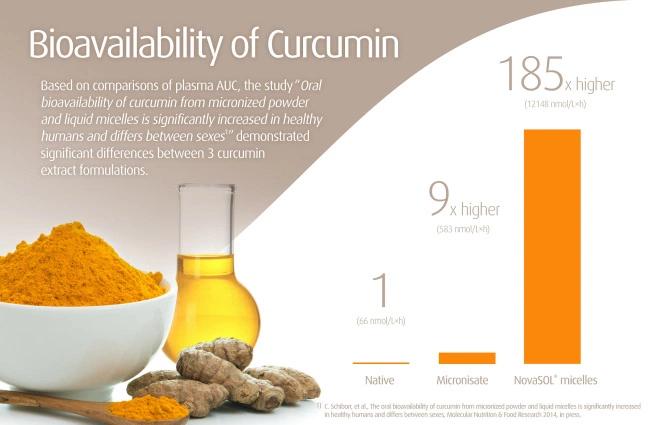 Based on the area under the plasma concentration-time curve (AUC), the micronized curcumin was 14-, 5-, and 9-fold and micellar curcumin 277-, 114-, and 185-fold (or 18.500%) better bioavailable than native curcumin in women, men, and all subjects, respectively [8].
Based on the area under the plasma concentration-time curve (AUC), the micronized curcumin was 14-, 5-, and 9-fold and micellar curcumin 277-, 114-, and 185-fold (or 18.500%) better bioavailable than native curcumin in women, men, and all subjects, respectively [8].
The C-Max, T-Max and Retention levels are so exponentially higher than any other type of curcumin due to the fact that most curcumin is excreted out through the liver within 2 hours of ingesting and NovaSOL®Curcumin remains in the plasma for over 24 hours! [8].
Thus, women absorbed curcumin more efficiently than men. All safety parameters remained within the reference ranges following the consumption of all formulations.
Both, the micronized powder and in particular the liquid micellar formulation of curcumin [NovaSOL®Curcumin] significantly improved its oral bioavailability without altering safety parameters and may thus be ideally suited to deliver curcumin in human intervention trials.
The observed sex differences in curcumin absorption warrant further investigation.
Curcumin powder provides poor absorption and bioavailability into the body that is required for maximum results [8].
The liquid micelles of NovaSOL®Curcumin are clinically proven to be the most bioavailable form of curcumin, which is circulating now in Europe as food supplement with the commercial name Curcugkel
Each capsule of Curcugkel contains 670mg NovaSOL®Curcumin which is equivalent to approx. 8 gr standard curcumin 95%) or equivalent to 16 capsules of 500mg of curcumin native powder.
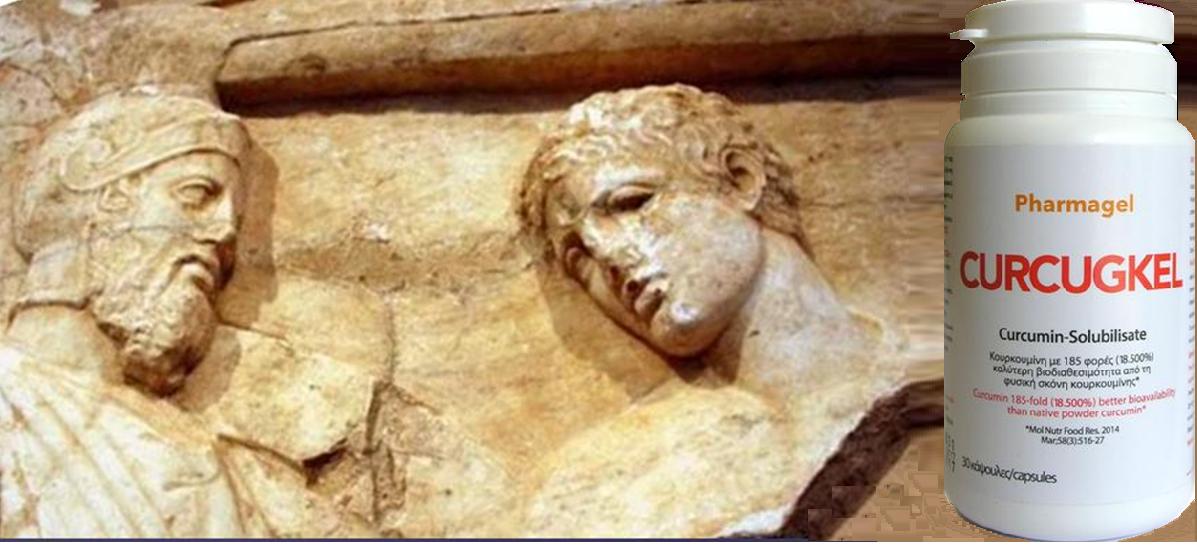
References
1.Deguchi A. Curcumin targets in inflammation and cancer. Endocr Metab Immune Disord Drug Targets. 2015 Mar 16. [Epub ahead of print]
2.Shanmugam MK, Rane G, Kanchi MM, Arfuso F, Chinnathambi A, Zayed ME, Alharbi SA, Tan BK, Kumar AP, Sethi G .The multifaceted role of curcumin in cancer prevention and treatment. Molecules. 2015 Feb 5;20(2):2728-69. doi: 10.3390/molecules20022728.
3.Lv ZD1, Liu XP2, Zhao WJ3, Dong Q4, Li FN1, Wang HB1, Kong B1. Curcumin induces apoptosis in breast cancer cells and inhibits tumor growth in vitro and in vivo. Int J Clin Exp Pathol. 2014 May 15;7(6):2818-24. eCollection 2014.
4.Granados-Principal S, Liu Y, Guevara ML, Blanco E, Choi DS, Qian W, Patel T, Rodriguez AA, Cusimano J, Weiss HL,Zhao H, Landis MD, Dave B, Gross SS, Chang JC. Inhibition of iNOS as a novel effective targeted therapy against triple-negative breast cancer. Breast Cancer Res. 2015 Feb 22;17(1):25. doi: 10.1186/s13058-015-0527-x.
5.Sun XD1, Liu XE, Huang DS. Curcumin induces apoptosis of triple-negative breast cancer cells by inhibition of EGFR expression. Mol Med Rep. 2012 Dec;6(6):1267-70. doi: 10.3892/mmr.2012.1103. Epub 2012 Sep 26.
6.Thulasiraman P1, McAndrews DJ, Mohiudddin IQ. Curcumin restores sensitivity to retinoic acid in triple negative breast cancer cells. BMC Cancer. 2014 Sep 27;14:724. doi: 10.1186/1471-2407-14-724.
7. Douglass BJ1, Clouatre DL. Beyond Yellow Curry: Assessing Commercial Curcumin Absorption Technologies. J Am Coll Nutr. 2015 Apr 9:1-12.
8. Schiborr C, Kocher A, Behnam D, Jandasek J, Toelstede S, Frank J. . The oral bioavailability of curcumin from micronized powder and liquid micelles is significantly increased in healthy humans and differs between sexes. Mol Nutr Food Res. 2014 Mar;58(3):516-27

